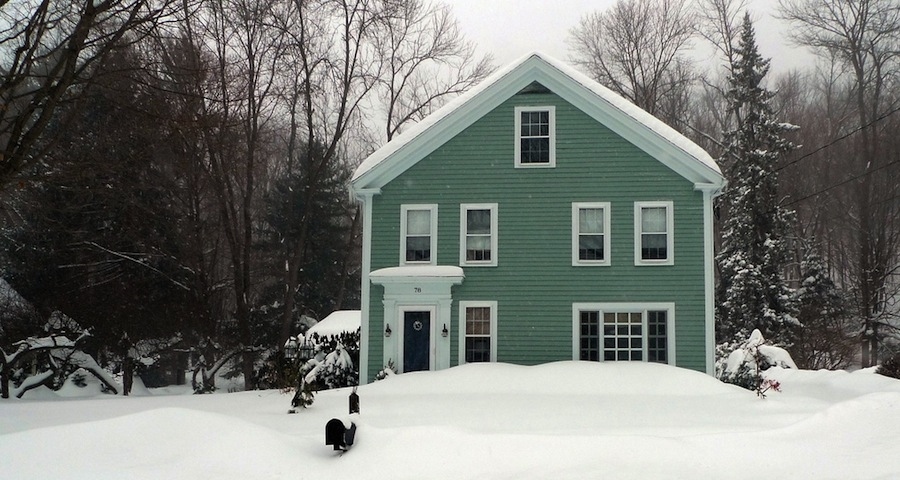
- Product News
- Posted
New passive house components presented in Germany
.A range of newly certified passive house components were presented in January at the Deubaukom trade fair in Essen, Germany, including windows designed for use in the arctic and northern Scandanvia.
Here's the press release from the Passive House Institute:
Darmstadt, Germany. Whether for harsh climates or for unusual architectural designs - today, suitable building components are available for almost every passive house planning challenge. The list of products certified by the Passive House Institute now totals about 500, with the addition of 103 new components in the past year alone.
A particularly large number of windows and ventilation units are among these products. Nevertheless, the number of solutions in other areas which have been tested for maximum energy efficiency is also growing, ranging from sliding doors and glazing for roofs to facade anchors and insulation systems. Some of these products were recently presented during the Deubaukom Trade Fair in Essen (Germany).
New innovations in 2013 also included the first passive house components for cold climates. Certification was successfully completed for four windows which are suitable for use in regions like in northern Scandinavia, and one of them can even handle arctic conditions. Furthermore, an increasing number of passive house components are being developed and produced on a regional level in many countries. In the United States, the first locally manufactured passive house windows were brought to the market in 2013. Local manufacturers also celebrated national premieres in a number of countries in eastern Europe.
"By focusing on maximum energy efficiency, component manufacturers can gain a significant share of the market which has until now been dominated by the use of energy from fossil fuels,” says Wolfgang Feist, director of the Passive House Institute. Improved quality standards lead to national value creation. But passive house components are also extremely attractive for building owners and users from the financial perspective because higher efficiency means greater savings in heating energy.
The rising demand for passive house components has not only had an effect on the number of suppliers, it has also led to increased price alignment with conventional products, particularly in the case of windows. In order to encourage this development, the Passive House Institute has announced the Component Award for especially high quality, low-cost windows. The Award will be presented at the International Passive House Conference, to be held on 25 and 26 April 2014 in Aachen, Germany.
The use of high quality building components is key to achieving the energy savings passive houses typically bring – often up to 90% compared with conventional buildings. Products are independently tested by the Passive House Institute on the basis of uniform criteria. The globally recognised quality seal thus offers building owners and architects a high degree of planning security. An overview of certified products can be found online at: www.passivehouse.com
Related items
-
 Why airtightness, moisture and ventilation matter for passive house
Why airtightness, moisture and ventilation matter for passive house -
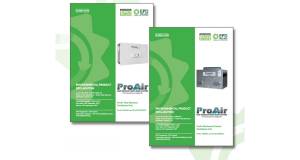 ProAir pioneers with EPDs for ventilation systems
ProAir pioneers with EPDs for ventilation systems -
 Big picture - New Zealand rural passive home
Big picture - New Zealand rural passive home -
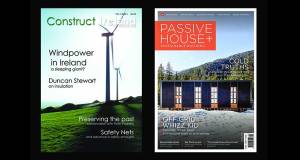 Podcast: what we've learned from 20 years in green building mags
Podcast: what we've learned from 20 years in green building mags -
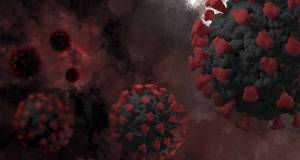 Let’s bring ventilation in from the cold
Let’s bring ventilation in from the cold -
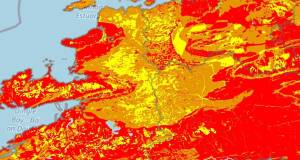 45,000 more Irish homes face radon risk, new maps reveal
45,000 more Irish homes face radon risk, new maps reveal

